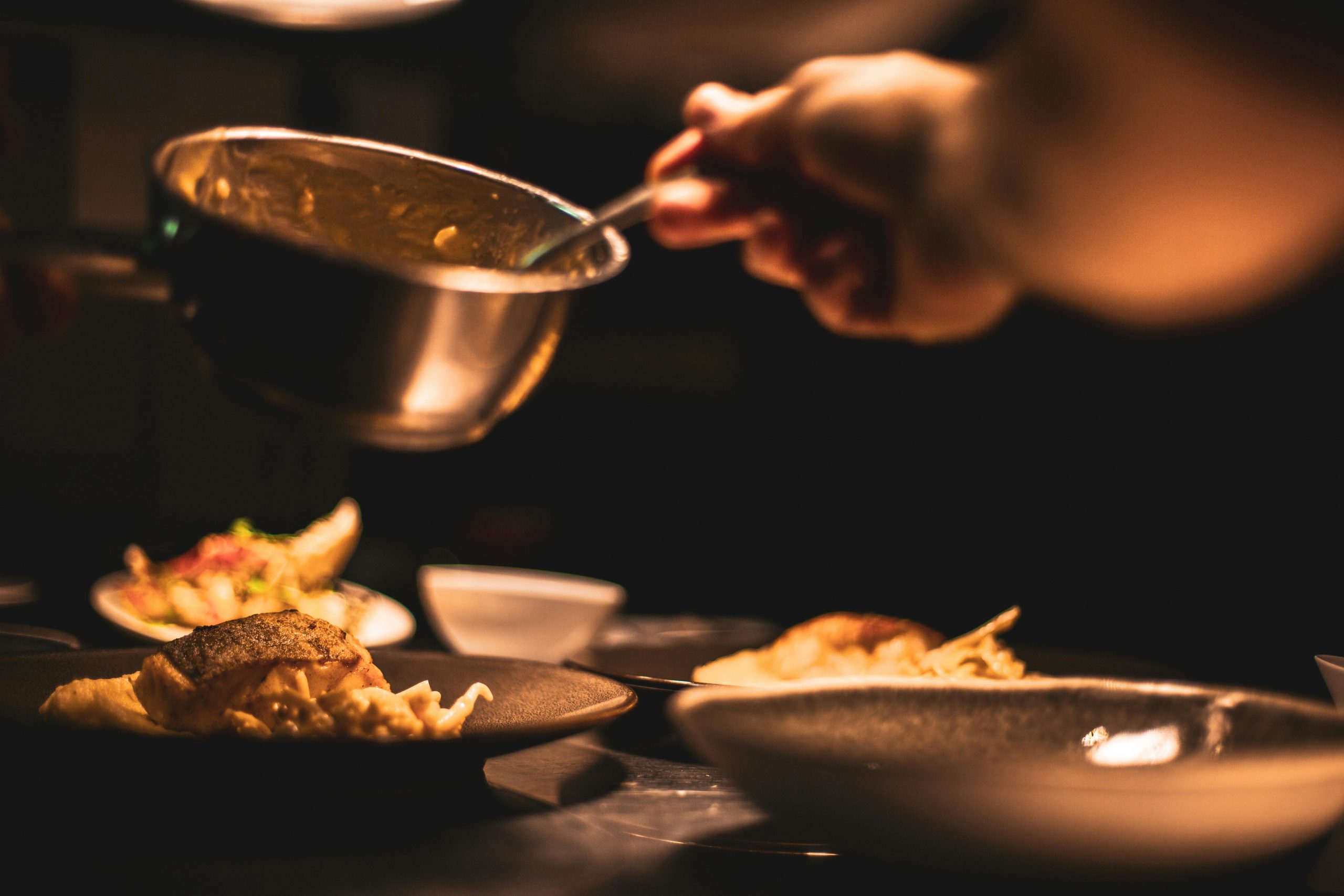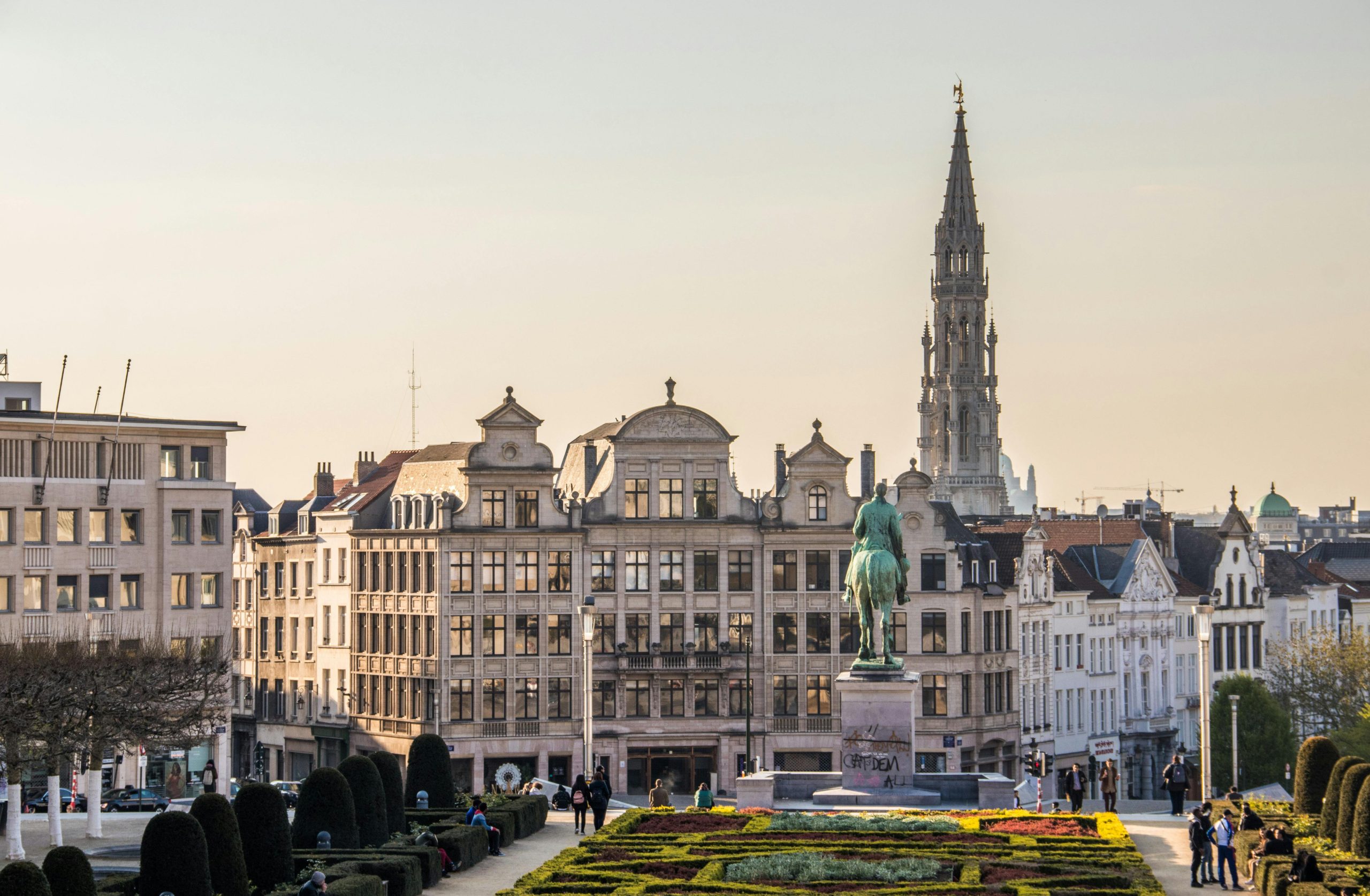The Golden Art of Belgian Frites: More Than Just French Fries
Walking through the cobblestone streets of Brussels on a crisp autumn evening, the aroma that stopped me dead in my tracks wasn’t coming from some fancy restaurant—it was drifting from a humble frituur tucked between centuries-old buildings. That first bite of authentic Belgian frites changed everything I thought I knew about what Americans casually call “French fries.”
Here’s the thing that gets me excited about Belgian food culture: it’s not pretentious, but it’s absolutely uncompromising when it comes to quality. Belgian frites aren’t just a side dish—they’re a cultural institution, a source of national pride, and honestly? They’re probably the most misunderstood food export in the world.
Did You Know?
Belgium produces over 750,000 tons of frozen potato products annually, with over 5,000 fritures (fry shops) serving locals and tourists. The average Belgian consumes approximately 75 kilograms of potatoes per year, with a significant portion being frites.
The Cultural Heritage Behind Belgium’s Golden Treasure
Let me be completely honest—the whole “French fries” name has always bothered me. These aren’t French at all. According to food historians, Belgian cooks were already perfecting their double-frying technique in the Meuse Valley as early as the 1600s1. The story goes that poor families would slice and fry small fish from the river, but during harsh winters when the water froze, they turned to potatoes instead.
What really strikes me about Belgian frite culture is how it transcends social boundaries. In my experience wandering through different neighborhoods—from working-class Molenbeek to upscale Uccle—every community has its beloved local frituur. It’s genuinely democratic food culture at its finest.
The cultural significance runs deeper than I initially understood. Belgian frites represent something uniquely beautiful about this small nation’s approach to food—they’ve taken one simple ingredient and elevated it through generations of refinement. Every friteur (fry cook) I’ve spoken with approaches their craft with genuine artisanal pride.
Interestingly enough, the technique that makes Belgian frites special—that distinctive double-frying method—wasn’t born from culinary school theory. It evolved from practical necessity and generations of home cooks perfecting their family recipes2. This is food culture that grew organically from the ground up.
Traditional Preparation: The Sacred Science of Perfect Frites
Okay, here’s where I get passionate about technique. After spending time with traditional friteurs and honestly making loads of mistakes in my own kitchen, I’ve learned that authentic Belgian frites require specific potatoes, precise temperatures, and—this is crucial—that legendary double-frying method.
Essential Belgian Frite Requirements
- Bintje potatoes (or similar floury varieties with high starch content)
- Fresh beef tallow or high-quality vegetable oil
- Two-stage frying: 140°C first, then 180°C
- Hand-cut thickness: 10-13mm for optimal texture
The potato variety makes a massive difference—something I learned the hard way after attempting Belgian frites with regular russets. Bintje potatoes, developed in the Netherlands but adopted wholeheartedly by Belgian frite culture, have the perfect starch-to-moisture ratio3. When you bite into a proper Belgian frite, you get that crispy exterior followed by an incredibly fluffy, almost creamy interior.
| Frying Stage | Temperature | Duration | Purpose |
|---|---|---|---|
| First Fry | 140°C (285°F) | 4-5 minutes | Cook interior, partial dehydration |
| Rest Period | Room temperature | 2-3 minutes | Moisture redistribution |
| Second Fry | 180°C (356°F) | 2-3 minutes | Golden crust formation |
What fascinated me most during my research was learning about traditional beef tallow usage. Many authentic fritures still use rendered beef fat, which creates an incredibly rich flavor profile that vegetable oils simply can’t match4. However—and this is important for dietary considerations—plenty of excellent Belgian frites are made with high-quality sunflower or peanut oil.
The hand-cutting aspect might seem old-fashioned, but there’s genuine science behind it. Machine-cut frites have perfectly uniform surfaces, while hand-cut ones have slight irregularities that create more surface area for that coveted crispy texture. Plus, there’s something deeply satisfying about the ritualistic preparation process.
Temperature control is absolutely critical—something I emphasize whenever I teach cooking classes. Too low during the first fry, and your frites become greasy and limp. Too high during the second fry, and you’ll get burnt exteriors with undercooked centers. Belgian friteurs develop an intuitive feel for oil temperature, often judging readiness by sound and bubble patterns rather than relying solely on thermometers.
Seasonal considerations also play a role that surprised me initially. New potatoes in early summer require slightly different timing than mature potatoes in winter5. Traditional Belgian frite preparation adapts to these natural variations rather than fighting them.

Regional Specialties and the Social Culture of Frites
Something I absolutely love about Belgian food culture is how each region puts its own spin on frites while maintaining those core traditional principles. In Flanders, you’ll find fritures serving frites with an incredible array of artisanal mayonnaises—way beyond the basic mayo most people imagine.
Brussels has its own character entirely. The city’s multicultural influence means you’ll discover frites paired with everything from traditional stoofvlees (beef stew) to more contemporary fusion accompaniments6. What struck me during my visits was how these innovations never compromise the fundamental frite quality.
Classic Belgian Frite Accompaniments
- Mayonnaise: The traditional favorite, often house-made with subtle variations
- Stoofvlees: Rich Flemish beef stew, the ultimate comfort food pairing
- Americain: Raw beef tartare with capers and onions
- Cervelas: Grilled sausage, particularly popular in Wallonia
- Boulet: Belgian meatballs in rich tomato or beer sauce
The social aspect of frite consumption genuinely impressed me. Unlike fast food culture elsewhere, Belgian fritures serve as community gathering spaces. Families order their frites, then stand around communal tables, sharing stories and catching up on neighborhood news. It’s beautifully unhurried.
Wallonia brings its own regional character to frite culture. The French-speaking south tends toward heartier accompaniments and often incorporates local beer into sauces7. I remember trying frites with a Chimay beer-based sauce that completely changed my understanding of how complex these pairings could become.
| Region | Specialty | Unique Characteristic | Popular Pairing |
|---|---|---|---|
| Flanders | Artisanal sauces | 20+ sauce varieties | Stoofvlees |
| Brussels | Multicultural fusion | International influences | Moules-frites |
| Wallonia | Beer-based sauces | Local brewery partnerships | Boulet sauce |
The timing and social etiquette around frite consumption fascinates me as a food culture researcher. Belgians typically eat frites as a complete meal, not just a side dish. The portion size reflects this—a proper serving of Belgian frites is generous enough to satisfy as the centerpiece of lunch or dinner8.
What really gets me excited is the generational knowledge transfer I witnessed. Older friteurs mentoring younger ones, families passing down their preferred preparation techniques, children learning to appreciate quality over convenience. This isn’t just food—it’s cultural preservation in action.
The environmental consciousness embedded in traditional frite culture impressed me tremendously. Most fritures source potatoes locally, often directly from Belgian farms. The oil gets recycled into biodiesel, and many establishments have maintained the same family recipes for decades, reducing food waste through precise portion management9.
Mobile fritures deserve special mention—these traveling frite vendors serve local festivals and markets, bringing authentic preparation methods to communities throughout Belgium. I encountered one outside Bruges that had been operating the same route for over thirty years, with regular customers who planned their weekly schedules around the mobile frituur‘s arrival.
Modern Innovation While Honoring Tradition
The evolution of Belgian frite culture in recent years honestly excites me more than it worries me. Unlike other traditional food cultures that resist change, Belgian friteurs seem to embrace innovation while maintaining their core principles. I’ve seen establishments offering sweet potato frites, purple potato variations, and even gluten-free preparation areas for celiac customers10.
Nutritional Considerations for Belgian Frites
Per 100g serving of traditional Belgian frites: 365 calories, 17g fat, 48g carbohydrates, 4g protein, 3.8g fiber. Rich in potassium, vitamin C, and B-vitamins when prepared with skin-on potatoes.
Sustainability efforts within Belgian frite culture deserve recognition. Many fritures now partner with local organic farms, implement energy-efficient frying systems, and prioritize biodegradable packaging11. This environmental consciousness doesn’t compromise quality—if anything, the organic potatoes I’ve tried produce even more flavorful frites.
The dietary accommodation aspect particularly impresses me. Vegan-friendly frites using plant-based oils are becoming standard rather than exceptional. Several Brussels establishments now offer dedicated vegan sauce selections, and I’ve encountered gluten-free coating options for customers with wheat sensitivities12.
Technology integration happens thoughtfully in Belgian frite culture. Some modern fritures use precise temperature monitoring systems and timer alerts, but the fundamental double-frying technique remains unchanged. It’s technology serving tradition rather than replacing it.
Looking ahead, I’m genuinely optimistic about Belgian frite culture’s evolution. The younger generation of friteurs demonstrates deep respect for traditional methods while embracing reasonable innovations. This balance between heritage preservation and progressive adaptation represents the best of contemporary food culture.
For anyone planning to experience authentic Belgian frites, my strongest recommendation is to approach with an open mind and empty stomach. Don’t expect American-style French fries. Expect something entirely different—richer, more complex, deeply rooted in cultural tradition, and absolutely worth seeking out.
Belgian frite culture represents more than culinary tradition—it embodies community connection, generational knowledge transfer, and the beautiful possibility of elevating simple ingredients through dedication and skill. In our increasingly fast-paced world, there’s something deeply comforting about food culture that refuses to compromise on quality or rush the process.
References




Great post. I was checking constantly this blog and I am inspired!
Extremely useful info particularly the final section 🙂 I
handle such info much. I used to be looking for this particular information for
a long time. Thank you and best of luck.